One of Europe’s oldest cities is located on the fifth largest island in the Mediterranean Sea; the island of Crete which is in the country of 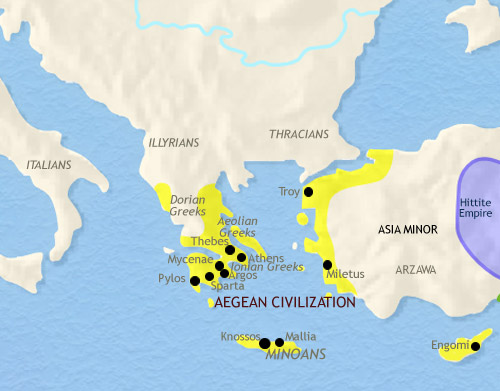 Greece. This ancient city is called “Knossos (/ˈnɒsəs/; also spelled Knossus, Cnossus, Greek Κνωσός, pronounced [knoˈsos] )”and it has the largest Bronze Age archaeological site on Crete. This is the city where the 19th century archaeologist, Sir Arthur Evans had found his main discoveries of the people from ancient Crete, whom he had dubbed the ‘Minoans.’ However, today, the city they had founded called Knossos, may very well be the true first “Ancient City of Gnosis.”
Greece. This ancient city is called “Knossos (/ˈnɒsəs/; also spelled Knossus, Cnossus, Greek Κνωσός, pronounced [knoˈsos] )”and it has the largest Bronze Age archaeological site on Crete. This is the city where the 19th century archaeologist, Sir Arthur Evans had found his main discoveries of the people from ancient Crete, whom he had dubbed the ‘Minoans.’ However, today, the city they had founded called Knossos, may very well be the true first “Ancient City of Gnosis.”
The Roman-Greco poet who lived at the time of Augustus, Ovid had explained this about 2,000 years ago; “Gnosus or Gnossus was the chief city of ancient Crete, and from this word are formed the adjectives ‘ Gnosius’ and ‘Gnosiacus,’ (which are used as equivalent to the more general epithets ‘Cressius,’ ‘Cretaeus,’ ‘Creticus,’ ‘ Cretensis,’) and likewise the feminine Graeco-poetic forms ‘ Gnosis’ and ‘ Gnosias,’ which are frequently placed absolutely, like ‘ Cressa,’ for Ariadne, ‘ puella’ being understood as in the line before us, and below The towns next in importance to Gnosus were ‘ Gortys’ or ‘ Gortyna,’ and ‘ Cydonia,’ and hence the adjectives ‘Gortynius’ and ‘ Cydonius’ are equivalent to Cretan, as when Virgil names ‘stabula Gortynia’ and ‘Cydonia spicula.’ ‘Cressa’ is used absolutely by Propertius to indicate Pasiphaethe wife of Minos, and by Ovid in one passage for Ariadne3, and in another for Aerope.(Ovid: Selections for the Use of Schools, with Introductions and Notes )
This fact shouldn’t be too surprising to some of you, since after all, Crete and the city of Knossos is the birthplace of the first European civilization that also boasts many firsts and inventions that we still use today in the modern Western world. It was at this exact location, where they had invented the writing system that had given us the the first true European language and the modern alphabet. Long before there were Roman roads around the world, it is said that the first paved roads were created in Crete, and also the world’s first indoor plumbing with ‘flush’ toilets. Two inventions by the ancient Gnostic Cretans that we could not live without today, and that go hand in hand with one another. Another important item found in Knossos, that later European royalty would often use, was discovered here as well.
It is the oldest, and may be the first king’s throne chair, that was unearthed at the Palace of Knossos. They had also created a network of first trading colonies and manufacturing centers for various in demand products, in which they had expanded to other islands and cultures. Hence, the first true organized shipping and commerce business was operated by the royal family or families from the city of Knossos on Crete, and that had ruled all the seas from Asia Minor and Africa, to Italy. This is just a small list of inventions that were the first creations of the Ancient Gnostic Cretans, and is just an example of some of the facts that I have found to help support my theory, that this was “The City of Gnosis.” There are many more that I will list below and also in future articles.
In studying the etymology of the Latin name ‘Knossos,’ I have found that it is strongly connected to the modern Greek word ‘Gnosis.’ The word Gnosis simply means “knowledge of spiritual mysteries or knowledge of thyself.” The etymology of the word Gnosis I had explained in a previous article, where I had written that the modern English spellings of the words “know, knowledge, knowledgeable, knowingly, etc.,” are derived from the Old Latin words, ‘Gnosoo,’ where we get the modern Latin word ‘novi’ which is a noun that means “actual knowledge which is the result of past learning,” and ‘noscos’ which is the present use of the verb ‘novi,’ and it denotes “to learn.” This is also where we get the words, when a person is lacking Gnosis: ‘ignotis,’ meaning ‘unknown”; from the word ignotis, we get the modern meaning in English, ‘ignorant’, which in Latin is ‘ignarus’.
The meaning of the Old Latin word ‘GNOsoo,’ is where we get the modern spellings of, “Knossos or Cnossos” and which have the same meaning as the Greek ‘Gnosis.’ In modern Latin, the g is substituted with the c or k. In Greek, the words “sus, sous” were various spellings for the modern spelling Zeus. In Latin, the meaning of sus was changed to mean “boar or pig.” Hence, the results of what I believe are the East/West schism. Let me also mention, that it is not far from the city of Knossos, on the side of Mount Ida, where the legend of the infant Zeus being hidden in an Idaean Cave by his mother Rhea originates. A cave that happens to be lying just above the Plain of Nida on Mount Ida, to the southwest of Knossos.
Author, Samuel Stehman Haldeman explains the etymology of these words in his 1883 book, “Outlines of Etymology;”
The initial NO- is strictly the English kNO-w, so that normal has something to do with knowledge. But it has lost initial g- (gay in get,) present in the Greek GNOrizdo’ (I make known,) to search into, to acquire the knowledge of; GI-GNO’sko, to know, to learn; early Latin GNOsoo, afterwards NOsco to know, get a knowledge of; Greek GNOmon a rule, square, Ac., also (German kenn-ung) the tooth by which a horse’s age is made kno-wn; Persian kun-da learned, wiso; German kun-de knowledge; kenn-t-niet science; kun-st art, Ac Irish conn reason, sense, intellect, prudence; Welsh cein-ad circumspection. English kno-w, ken, can, eouthe (affable, kind), cunning (formerly in a good sense), cann-y (cautious, Ac), and by dropping the initial—no-ble, no-table; but as this no- was originally gno-, and as n of the prefix in(not) was lost, the negative form of no-ble became i-gno-ble.
Here is an excerpt from the 19th century Chamber’s Encyclopedia that explains the substitution of k or c for G in the Latin language;
G, in its proper power, belongs to the order of gutturals, k or c, 9, all, g/l; of the two ‘bare’ gutturals, g is the flat (or medial), and k the sharp; while gh and ch are the corresponding Aspirates (q. v.). G has been frequently dropt out, as Latin nosco for gnosoo.
FACTS ABOUT THE CITY OF GNOSIS (KNOSSOS):
In addition to the city Knossos being the birthplace to modern civilization in Europe, this city has many legends that have occurred or originated in or near the great city on Crete. As I mentioned above, Knossos is the location where Sir Arthur Evans had made his main archeological finds of Europe’s oldest merchant people whom he dubbed the Minoans. It is here, where Sir Evans had discovered the most famous, but mysterious structure called “the labyrinth.”
This is where the legend of Bull of Minos/ the Minotaur had originated in Cretan mythology. The Minotaur was a monster with the head of a bull and the body of a man who resided in a special type of building called a labyrinth, that was built at the City of Knossos. In later times, the Greeks had attributed the Minos myth to be the actual founder family of some of these cities on Crete. With their first king, Minos I,who was known as the “great lawgiver”, just like the biblical Moses was the equivalent of King Minos as the lawgiver to the Israelites. Minos is the son of Zeus and Europa, who him and his descendants were also said to be the founders of the first great thalassocracy, which refers to a state with primarily maritime realms—an empire at sea, such as the Phoenician network of merchant cities.
Hence, this would be the first true story of an organized Navy in the modern world that had originated under the leadership of the first kings of Crete. A people known in myth as the Minoans, and who we know today as the Phoenicians, Sea Peoples, and later the Ancient Greeks.
An older myth than Minos and the Minotaur bull, goes back to the original inhabitants of Crete who were the Phoenicians, and also a later people whom dominated the island and surrounding areas; that we can simply call today the “Greek Jews and the first Greek Christians.” The myth I speak of surrounds a mysterious cave at Mount Ida, where there is hidden the most venerated King of the Gods and Father of Men, Zeus. His home was said to be on Mount Ida, which is a mountain close to the city of Knossos in Crete and that is sacred to the Greek Titaness Rhea, who is also the mother of Zeus and Europa or Demeter. Rhea was originally worshiped in Crete, where according to myth, she saved the new-born Zeus from being devoured by Cronus, by substituting a stone for the infant god and entrusting him to the care of her attendants, the Priests of Curetes. According to Diodorus Siculus, the Curetes lived in the time of Rhea; Herodotus and Strabo both had said that the Curetes were originally Phoenicians who accompanied Cadmus out of Phoenicia. The meaning of Cadmus is “he who came for the East” and the priesthood here on Crete were also known as the Sons of Mizraim (Hebrew), meaning “Sons of Egypt.” Their symbol is the bull.
Strabo had written, that these are the names of the various groups of daimones or demons known as the Curetes (Kuretes), Corybantes, Dactyls, Cabiri, and Telchines, which are names that are often used interchangeably with one another. These same priests would later move to Rome after Octavian Caesar had conquered Egypt and taken charge of the calendar system, and religious ceremonies. This was the time when all other priesthoods, cults and Gods were simply abolished under Roman Law; leaving this “chosen priesthood with their chosen Gods and Saints”, who at one time resided on Crete as the official priesthood of Rome. These priests would later be known biblically as the Levites who descend from a similar law giver like that of the Crete law giver, King Minos, but instead, this was the biblical Moses and the first great Israelite lawgiver. In Egypt, they would be known as the Priests of Jupiter (Zeus) Amon and they were also known in literature as the Avral Brothers (Brethren), later, the Flamen Dialis. Marc Antony was said to be the first Flamen voted by Julius Caesar, and Augustus Caesar would become the first Pontifex Maximus. A term, that we simply know today as the ‘Pope.’ This ancient priesthood with their Messiah (Anointed One), the now venerable Augustus, who would eventually help form the world’s largest religion that we know today as Christianity and also the Catholic Church.
Below, is an image from Crete which shows the Goddess with her Priests, the Curetes who are also known as the Telchnines, and who some historians had called by other various names. Please notice in this image how the warrior or snake goddess Rhea has her breasts exposed and that symbolize her fertility cult, as she is worshiped by the priests who we know as the Curetes (and many other names) in this depiction of an ancient Cretan ceremony. Rhea holds the symbol of war, the double-headed axe in both hands, and please also note how they are all connected as if they are tied to or chained to the Goddess.
Hence, the priests are ‘servants’, or should I say ‘serpents’ to the goddess whom they serve.
The meaning of the name Rhea is derived from the Chaldean, Rheia, and the Hebrew (Phoenician) Rhaah. The dual meaning of Rhaah is “a gazing woman” and a “vulture.” The Goddess Rhea appears to be a later adaptation of the Egyptian Mu or Maut who was also symbolized either by a vulture, or an eye surrounded by a vulture’s wings as described in Job 28:7; “There is a path which no fowl knoweth, and which the vulture’s eye hath not seen. The lion’s whelps have not trodden it, nor the fierce lion passed by it.” She also represents the duad or duality.
In Ancient Egypt, Reah was the Goddess, Isis who would often be depicted in hieroglyphs with a vulture and serpent headdress. In this image of this statuette below, you can clearly see the vulture headdress of Isis and also the horns (Bull) on her head holding the planetary disk (Jupiter).
In Knossos or what I like to call now, “The City of Gnosis,” is where Sir Arthur Evans had also found the famous ten inch high statuette of the “snake goddess” holding serpents in her hands with her breasts exposed. This is evidence that they had worshiped and venerated the serpent on this island at one time.
This goddess depicted in the statuette; I believe to be Rhea, the mother of Zeus. It dates from approximately 1600 B.C. and shows a goddess subduing the serpent which appears to be similar to other myths that you will find in the bible, such as when the serpent guided the children of Israel who are delivered from Egypt, or with Moses’ rod that became a serpent—this serpent swallowed up all the false serpents of the magicians or priests of Egypt. There is also the ancient Egyptian Fable of Isis and Typhon; “Osiris and Isis lived happily together; then arose the serpent Typhon, and persecuted them, especially the latter, and at length through envy destroyed Osiris, and committed his broken remains to an ark or chest.” Later, we have Hermes and his double serpent of the caduceus. Hermes is the messenger of the Gods and he is also the trickster who is protector and patron of travelers, herdsmen, thieves, orators and wit, literature and poets, athletics and sports, invention and trade.
In ancient times the serpent, snake or dragon was sacred to many cultures throughout the world. It was a symbol of wisdom, Gnosis, and royal authority. Madam Blavatsky had called the followers of the serpent, “Masters of Wisdom, and all Initiates into the Sacred Mysteries, are called Nagas, or Serpents of Wisdom.”
Hence, it was near the City of Gnosis on Mount Ida; that we know of today as Knossos in Crete, where the Goddess of War, and Fertility, Rhea had hidden the Father and God of men, Zeus and entrusted his care to the Cretan magician priests known as the Curetes and by many other names. This was the same priesthood of Jupiter that had moved to Rome, who had famous members such as Alexander the Great, Marc Antony, Julius and Augustus Caesar, who all had served as high priests. The City where this plan would help take form, would be on the island of Crete which happens to be named after the Greek word Kriti (Kri-ti), which means ‘creation.’ The meaning of the English word Cre’ate, is “to form out of nothing, to creo, creatum – cause to exist.” Hence, FIAT LUX. An island named after creation that also happens to be the home of one of the original “Ancient City of Gnosis and that today is called, Knossos.”
“Know what is in front of your face, and what is hidden from you will be disclosed to you. For there is nothing hidden that will not be revealed.” – Je-sus
SOURCES:
1. Chamber’s Encyclopaedia: A Dictionary of Universal Knowledge for …, Volume 4 Page 566
RESEARCH:
Chamber’s Encyclopaedia: A Dictionary of Universal Knowledge for …, Volume 4
G, in its proper power, belongs to the order of gutturals, k or c, 9, all, g/l; of the two ‘bare’ gutturals, g is the flat (or medial), and k the sharp; while gh and ch are the corresponding Aspirates (q. v.).
“he following are some of the interchanges between y and other letters: Lat. cry/er, Gr. agron, Eng. aa-e, Ger. acker; Gr. triaL-onla, Lat. trfyinla ; Gr. germ, Lat. genu, Eng. knee ; Lat. ( )nosco, Gr. gignosco, Eng. know; Lat. genus, Eng. ‘I’n; Gr. clreu, Ger. guns, Eng. goose and gander; Lat, heuternus, Ger. ycstcrn, Eng. yesler (day) ; Lat. gl’rmanua, Span. hernia/w. The convertibility of g and y is seen in the old English participles in y, asyclod, corresponding to Sax. and Ger. ge— ,’ in Ger. gelb, Eng. yellow; Ger. tag, Eng. day; Ger. may, Eng. may;
ate for gate; yard for garden, Lat. lwrlus. In litalian, yi is substituted for j, as Giulio for Julius ; and in French, which has no 10, that letter is represented by gu, as guerre, guanler, for Eng. war, ward or guard. G has been frequently dropt out, as Lat. nosco for gnosoo; Eng. enough, compared with Ger. genug; ayone, with ge-ganym; Lat. magislrr, Fr. moi-sire or mattre, Eng. maaler. May, Lat. Mains, commuted from Magiua, is from a root may, or (Sans) moh, to grow: so that May is just the season of growth.

Moe is the founder of GnosticWarrior.com. He is a father, husband, author, martial arts black belt, and an expert in Gnosticism, the occult, and esotericism.

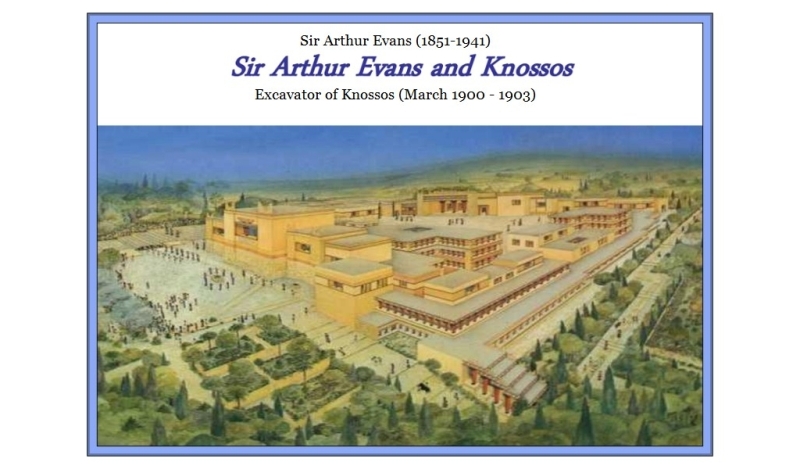
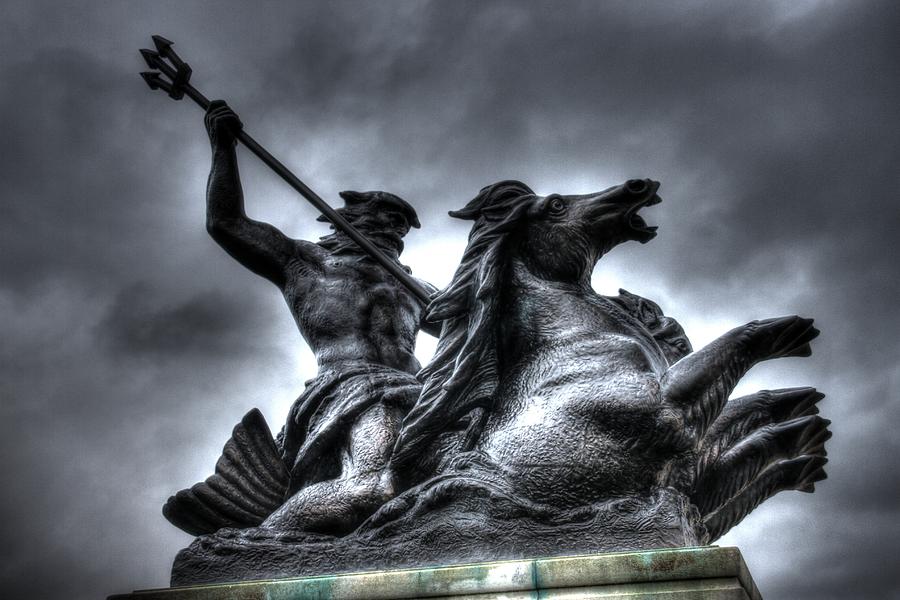
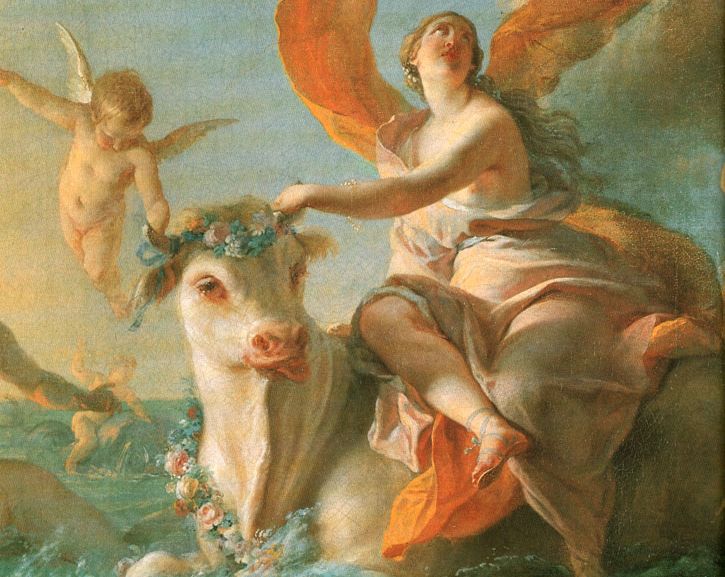
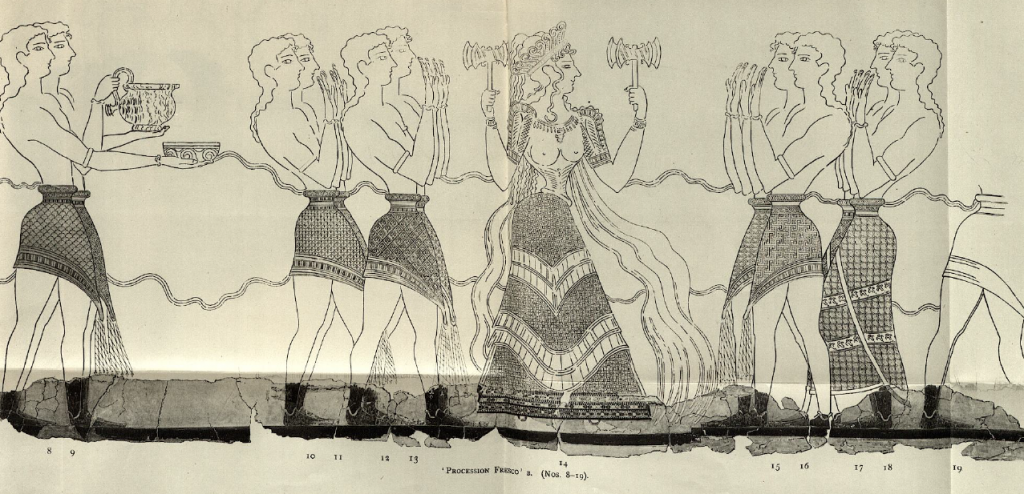
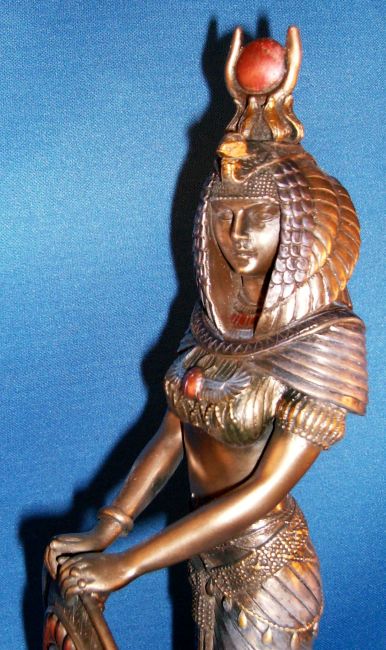
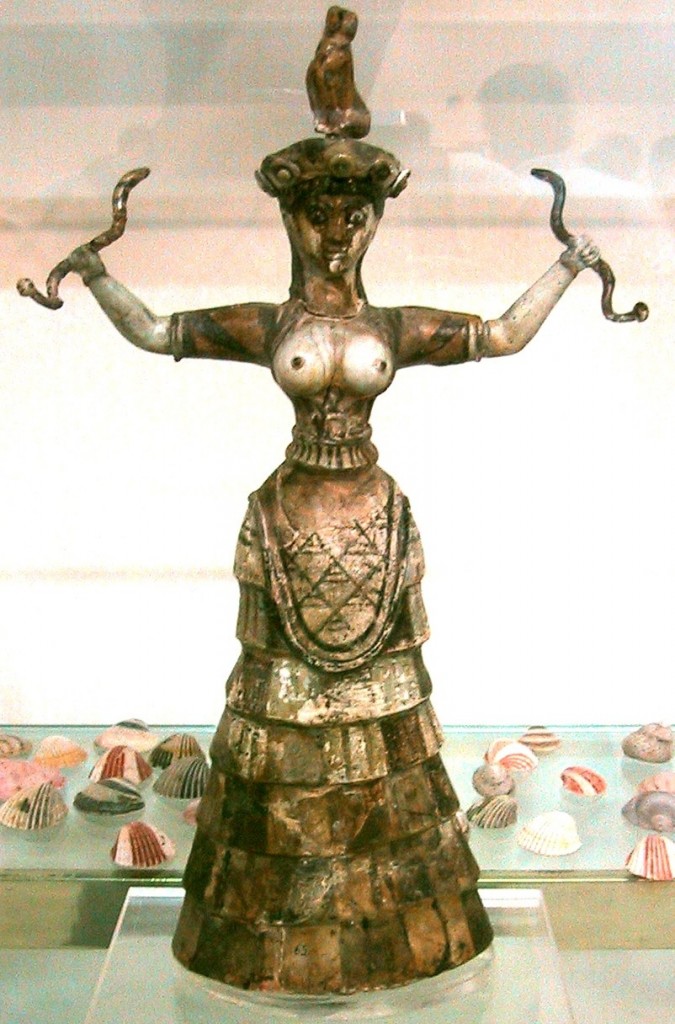

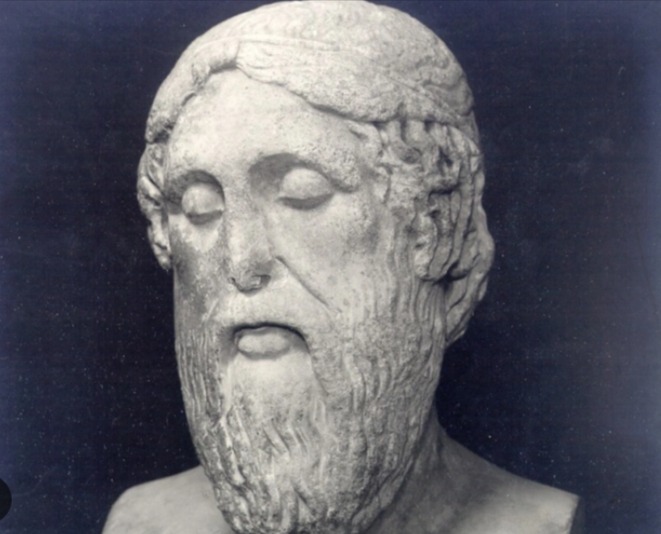
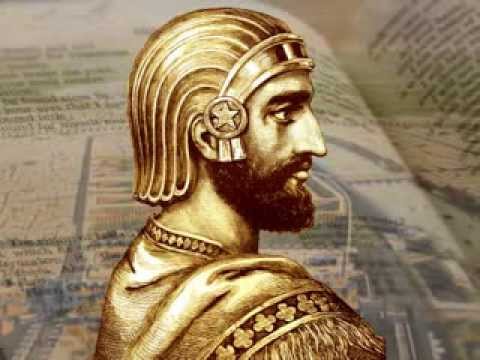


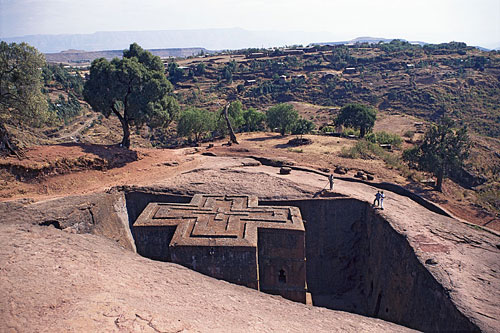
Ok as I understand in occultism, the letter “k” is tied to black magic. So is substituting a “k” for a “g” an attempt to change it from white to black? Perhaps we should gnow and not know? Idk/Idg
Great story Moe. As always I have one comment and pose one question. The story says “Moses’ rod that became a serpent.” My study showed that Rod translates to the word of God. Moses carried a staff. This common mistake is validated in Psalm 23…”thy rod and thy staff.” Of course arguments exist over rod meaning chastisement or punishment or rod/staff being synonymous. I don’t think a redundancy was intended or meant. I think rod meant his knowledge or Gnosis of God. Once again small potatoes but interesting.
Also I have a request of sorts. I have attempted to study and analyze the beginning or invention of the Omni Universal Christian deity most commonly referred to as God. Do you know of or have you done an exhaustive study on this? I understand omni to mean all or everything so is this God simply the amalgamation of all the gods warped up in one package? Most gods do not live in an astro plane however so this does not work well as theory I don’t think. Strange I can’t find much information on this. Thanks Moe.